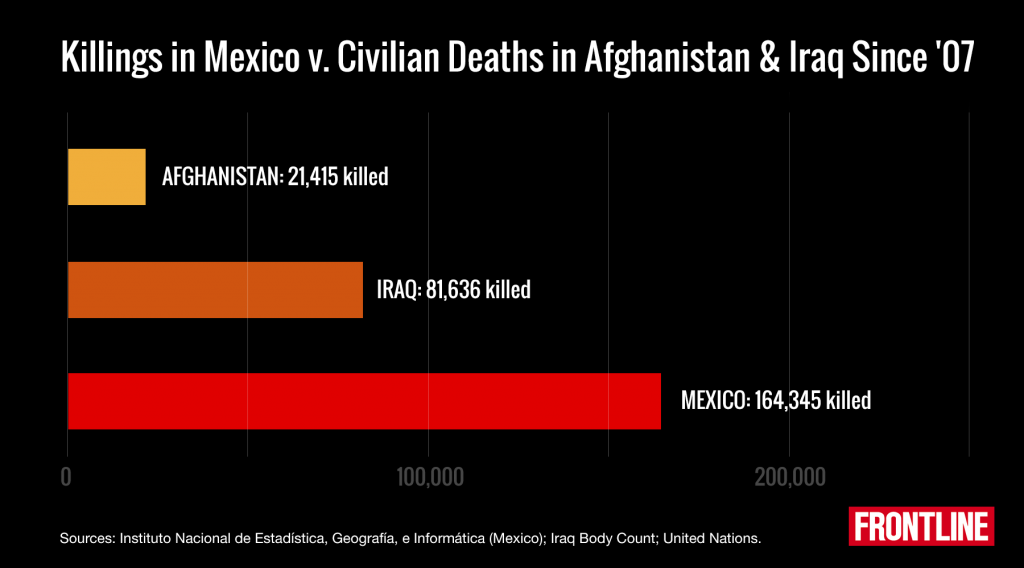Lies, Damn Lies, and Viral Content How News Websites Spread (and Debunk) Online Rumors, Unverified Claims and Misinformation by Craig Silverman.
From the executive summary:
News organizations are meant to play a critical role in the dissemination of quality, accurate information in society. This has become more challenging with the onslaught of hoaxes, misinformation, and other forms of inaccurate content that flow constantly over digital platforms.
Journalists today have an imperative—and an opportunity—to sift through the mass of content being created and shared in order to separate true from false, and to help the truth to spread.
Unfortunately, as this paper details, that isn’t the current reality of how news organizations cover unverified claims, online rumors, and viral content. Lies spread much farther than the truth, and news organizations play a powerful role in making this happen.
News websites dedicate far more time and resources to propagating questionable and often false claims than they do working to verify and/or debunk viral content and online rumors. Rather than acting as a source of accurate information, online media frequently promote misinformation in an attempt to drive traffic and social engagement.
The above conclusions are the result of several months spent gathering and analyzing quantitative and qualitative data about how news organizations cover unverified claims and work to debunk false online information. This included interviews with journalists and other practitioners, a review of relevant scientific literature, and the analysis of over 1,500 news articles about more than 100 online rumors that circulated in the online press between August and December of 2014.
Many of the trends and findings detailed in the paper reflect poorly on how online media behave. Journalists have always sought out emerging (and often unverified) news. They have always followed-on the reports of other news organizations. But today the bar for what is worth giving attention seems to be much lower. There are also widely used practices in online news that are misleading and confusing to the public. These practices reflect short-term thinking that ultimately fails to deliver the full value of a piece of emerging news.
…
Silverman writes a compelling account (at length, some 164 pages including endnotes) to prove:
News websites dedicate far more time and resources to propagating questionable and often false claims than they do working to verify and/or debunk viral content and online rumors. Rather than acting as a source of accurate information, online media frequently promote misinformation in an attempt to drive traffic and social engagement.
We have all had the experience of watching news reports where we know the “facts” and see reporters making absurd claims about our domain of expertise. But their words may be reaching millions and you can only complain to your significant other.
I fully understand Silverman’s desire to make news reporting better, just as I labor to impress upon standards editors the difference between a reference (is used in the standard itself) and further reading (as listed in a bibliography). That distinction seems particularly difficult for some reason.
The reason I mention windmills in my title is because Silverman offers this rationale for improving verification by news outlets:
Another point of progress for journalists includes prioritizing verification and some kind of value-add to rumors and claims before engaging in propagation. This, in many cases, requires an investment of minutes rather than hours, and it helps push a story forward. The practice will lead to debunking false claims before they take hold in the collective consciousness. It will lead to fewer misinformed readers. It will surface new and important information faster. Most importantly, it will be journalism.
The benefits are:
- Debunking false claims before they take hold in the collective consciousness
- Fewer misinformed readers
- Surface new and important information faster
- It will be journalism
Starting from the top: Debunking false claims before they take hold in the collective consciousness.
How does “debunking false claims” impact traffic and social engagement? If my news outlet doesn’t have the attention grabbing headline about an image of Mary in a cheese sandwich, don’t I lose that traffic? Do you seriously think that debunking stories have the audience share of fantastic claim stories?
I suppose if the debunking involved “proving” that the image of Mary was due to witchcraft, that might drive traffic but straight up debunking seems unlikely to do so.
The second benefit was Fewer misinformed readers.
I’m at a loss to say how “fewer misinformed readers” is going to benefit the news outlet? The consequences of being misinformed accrue to the reader and not to the news outlet. I suspect the average attention span is short enough that news outlets could take the other side tomorrow without readers being overly disturbed. They would just be misinformed in a different direction.
The benefit of Surface new and important information faster comes in third.
I can see that argument but that presumes that news outlets want to report “new and important information” in the first place. What Silverman successfully argues is the practice is to report news that drives traffic and social engagement. Being “new and important has only a tangential relationship to traffic and engagement.
You probably remember during the wall-to-wall reporting about Katrina or the earthquakes in Haiti the members of the news media interviewing each other. That was nearly negative content. Even rumors and lies would be have been better.
The final advantage Silverman cites is It will be journalism.
As I said, I’m not unsympathetic to Silverman but when was journalism ever concerned with not reporting questionable and false claims? During the American Revolution perhaps?, The Civil War?, WWI?, WWWII?, Korea?, Vietnam?, and the list goes on.
There have been “good” journalists (depending upon your point of view) and “bad” journalists (again depending on your point of view). Yet, journalism, just like theology, has survived being populated in part by scalawags, charlatans, and rogues.
What journalism needs is pro-active readers to rebel against superficial, inaccurate and misleading reporting. Voting with their feet will be far more effective than exhortations to do better.


